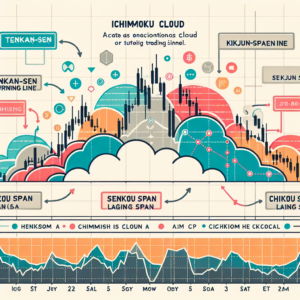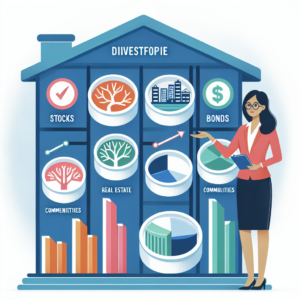
Introduction to Market Cycles
Understanding market cycles is a fundamental aspect of investing and economic analysis. Market cycles refer to the long-term pattern of peaks and troughs in the economy or a particular market segment, such as real estate, stocks, or commodities. Recognizing and interpreting these cycles can significantly impact investment decisions, helping individuals and institutions anticipate changes and adjust their strategies accordingly. This article aims to provide an overview of market cycles, their phases, and how investors can navigate these cyclical changes.
Phases of a Market Cycle
Market cycles are typically divided into four major phases: expansion, peak, contraction, and trough. Each phase indicates a specific stage in the economic environment, influencing investor behavior and market conditions.
Expansion
The expansion phase signifies a period of economic growth and stability. During this phase, employment rates tend to increase, consumer spending rises, and overall economic output grows. Investors are usually optimistic, causing prices in stock, real estate, and other markets to rise.
Peak
The peak is the zenith of the market cycle, where growth reaches its maximum limit. At this point, economic indicators such as GDP growth rates and employment levels are at their highest. However, due to high valuations and impending overoptimism, the risk of correction or downturn increases significantly.
Contraction
Following the peak, the contraction phase begins, characterized by a decline in economic activity. Unemployment rates may rise, consumer confidence and spending may decline, and overall economic output decreases. This phase often leads to declining market prices and investor pessimism.
Trough
The trough phase marks the bottom of the market cycle. It represents the point at which the economy and markets have bottomed out, setting the stage for recovery. Although it may still appear grim, it is typically considered an opportune time for investors to consider entering the market, as valuations are low and the potential for future growth begins to emerge.
Navigating Market Cycles
Successful navigation of market cycles requires a strategic approach to investment, including diversification, a long-term perspective, and disciplined emotional responses.
Diversification
Diversifying investments across different asset classes, industries, and geographical regions can mitigate risk. This strategy ensures that a portfolio is not overly exposed to the downturn of a specific market segment.
Long-term Perspective
Maintaining a long-term perspective helps investors avoid reactionary decisions based on short-term market fluctuations. A patient approach, focused on long-term goals, can yield more favorable outcomes.
Emotional Discipline
Market cycles often trigger emotional responses that can lead to poor investment decisions, such as panic selling during contractions or excessively speculative buying at peaks. Cultivating emotional discipline helps investors remain objective and stick to their investment strategy regardless of market conditions.
Conclusion
Understanding and respecting market cycles is crucial for making informed investment decisions. By recognizing the inherent patterns and phases within these cycles, investors can better anticipate changes and adapt their strategies accordingly. While no approach can guarantee success, integrating knowledge of market cycles with a disciplined and diversified investment approach can significantly enhance the ability to navigate economic fluctuations effectively.





